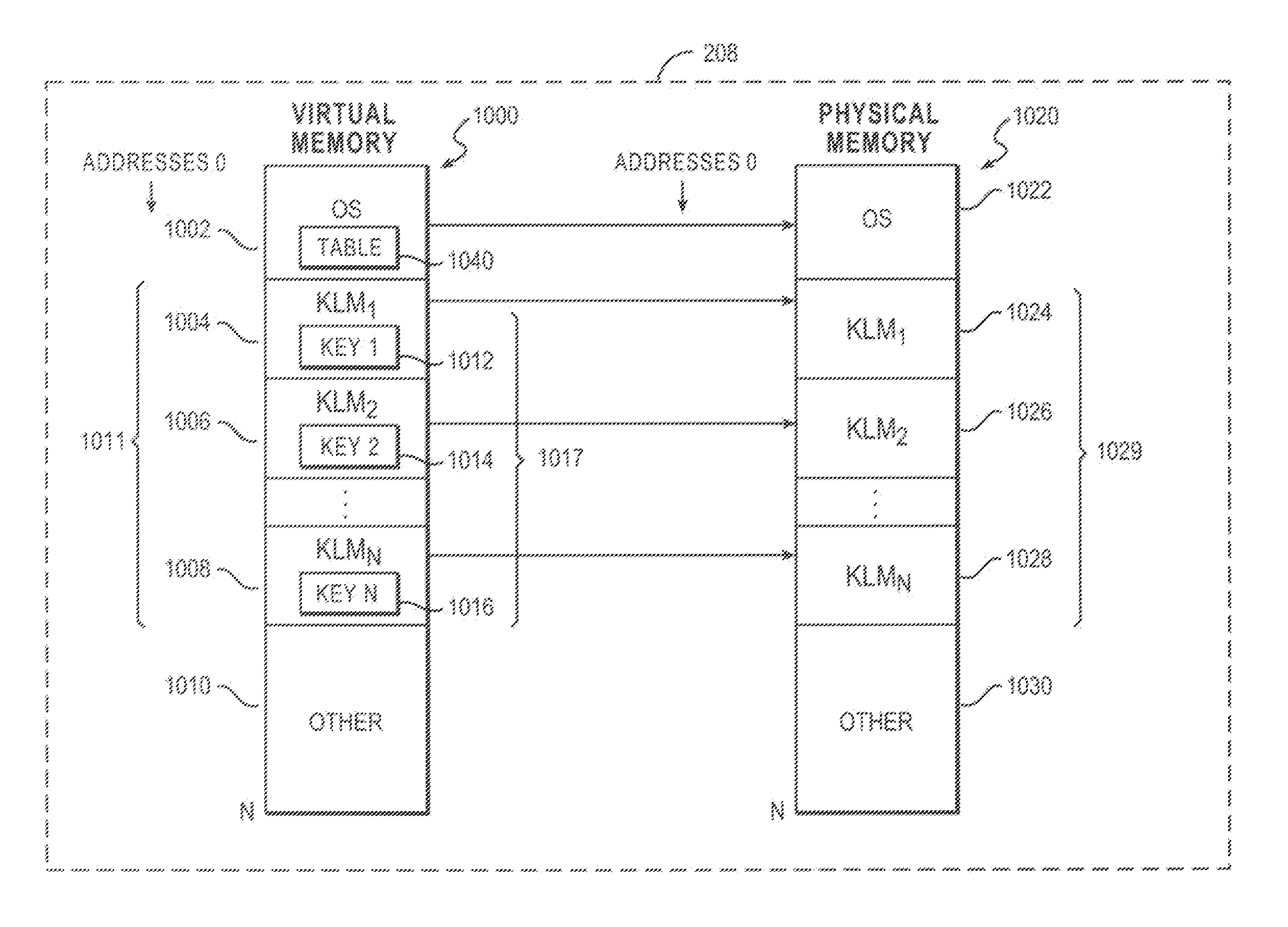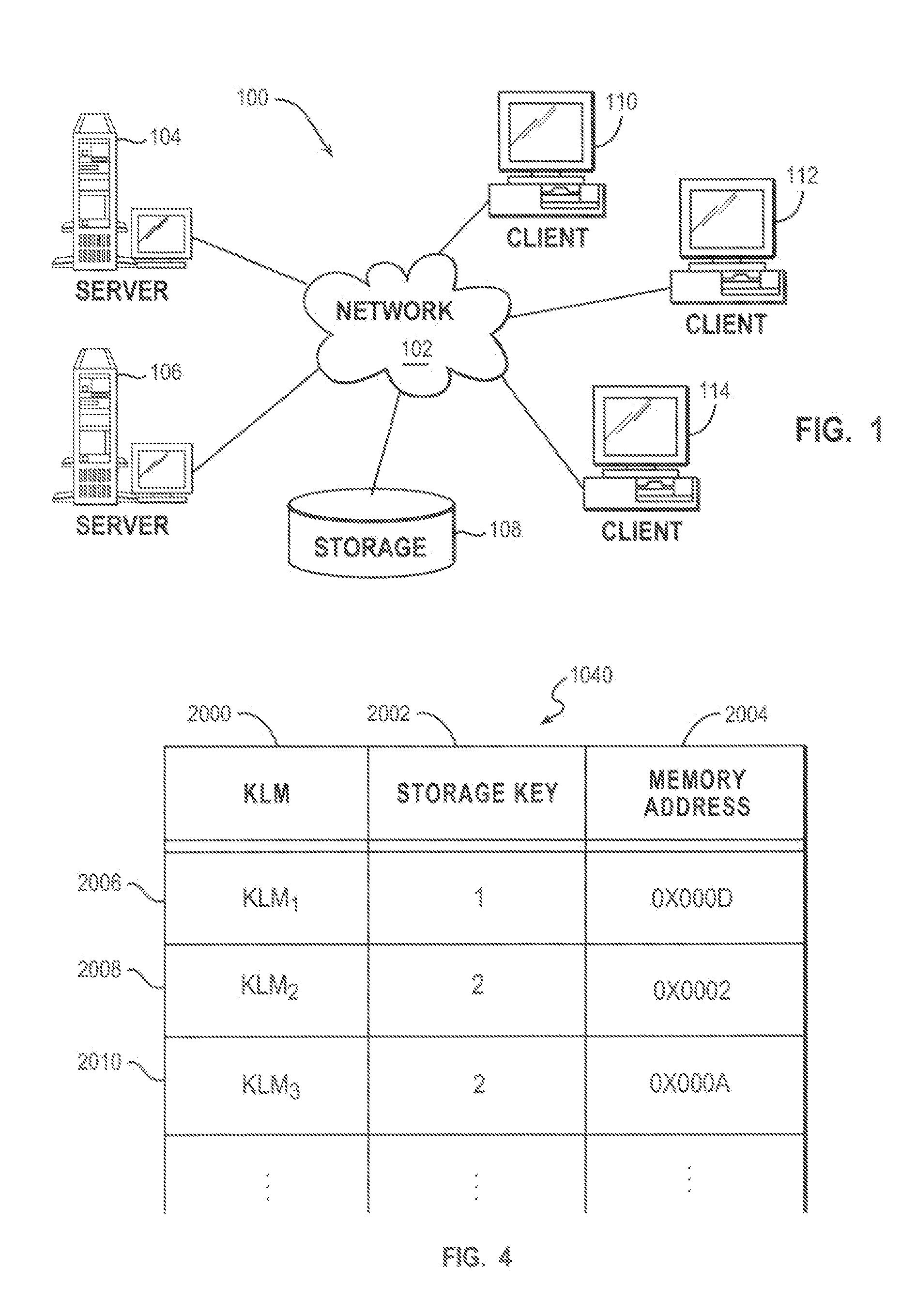Memory allocation with identification of requesting loadable kernel module
a technology of kernel module and memory allocation, applied in the direction of memory adressing/allocation/relocation, instruments, error detection/correction, etc., can solve the problems of increasing the complexity of developing and debugging programs for those computers, and growing in complexity
- Summary
- Abstract
- Description
- Claims
- Application Information
AI Technical Summary
Problems solved by technology
Method used
Image
Examples
Embodiment Construction
[0012]In computing, a kernel loadable module (KLM) or Kernel Module (KMOD) is an object file that contains code to extend the running kernel, or “base kernel”, of an operating system with a modular kernel. For example, most current Unix-like systems and Microsoft Windows support kernel loadable modules, although they might use a different name for them, such as “kernel extension” (“kext”) in the Apple Macintosh OS X. KLMs are typically used to add support for new hardware and / or file systems, or for adding system calls. When the functionality provided by a KLM is desired, loading is initiated by the operating system and the KLM is allocated space in memory. When no longer required, the KLM can be unloaded in order to free memory.
[0013]Without KLMs, an operating system would have to have all possible anticipated functionality already compiled directly into the base kernel, such as a static kernel. Much of that functionality would reside in memory without being used, wasting memory, a...
PUM
 Login to View More
Login to View More Abstract
Description
Claims
Application Information
 Login to View More
Login to View More - R&D
- Intellectual Property
- Life Sciences
- Materials
- Tech Scout
- Unparalleled Data Quality
- Higher Quality Content
- 60% Fewer Hallucinations
Browse by: Latest US Patents, China's latest patents, Technical Efficacy Thesaurus, Application Domain, Technology Topic, Popular Technical Reports.
© 2025 PatSnap. All rights reserved.Legal|Privacy policy|Modern Slavery Act Transparency Statement|Sitemap|About US| Contact US: help@patsnap.com



